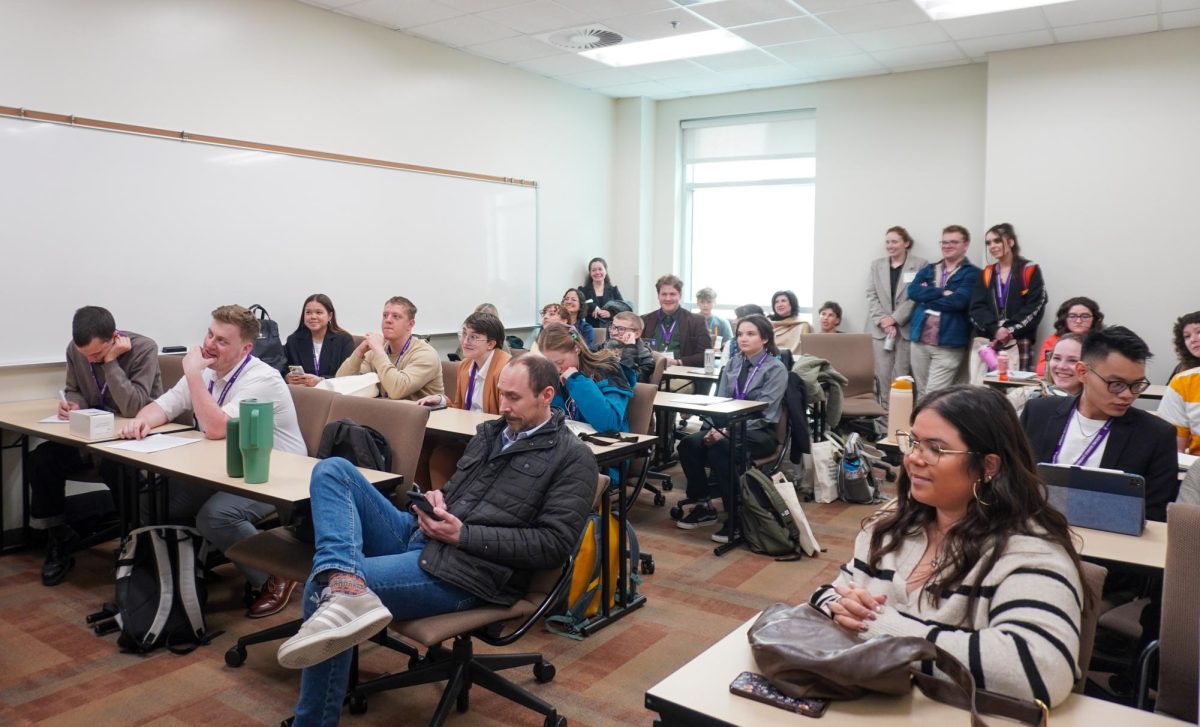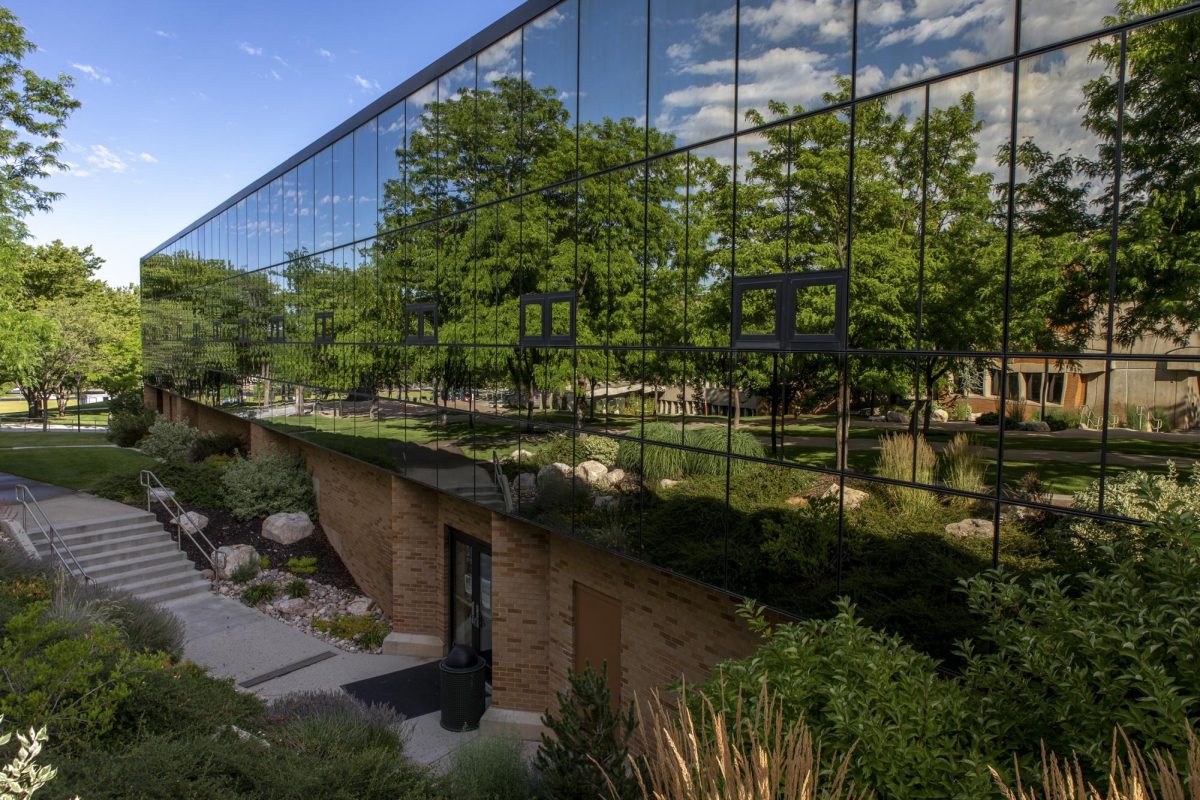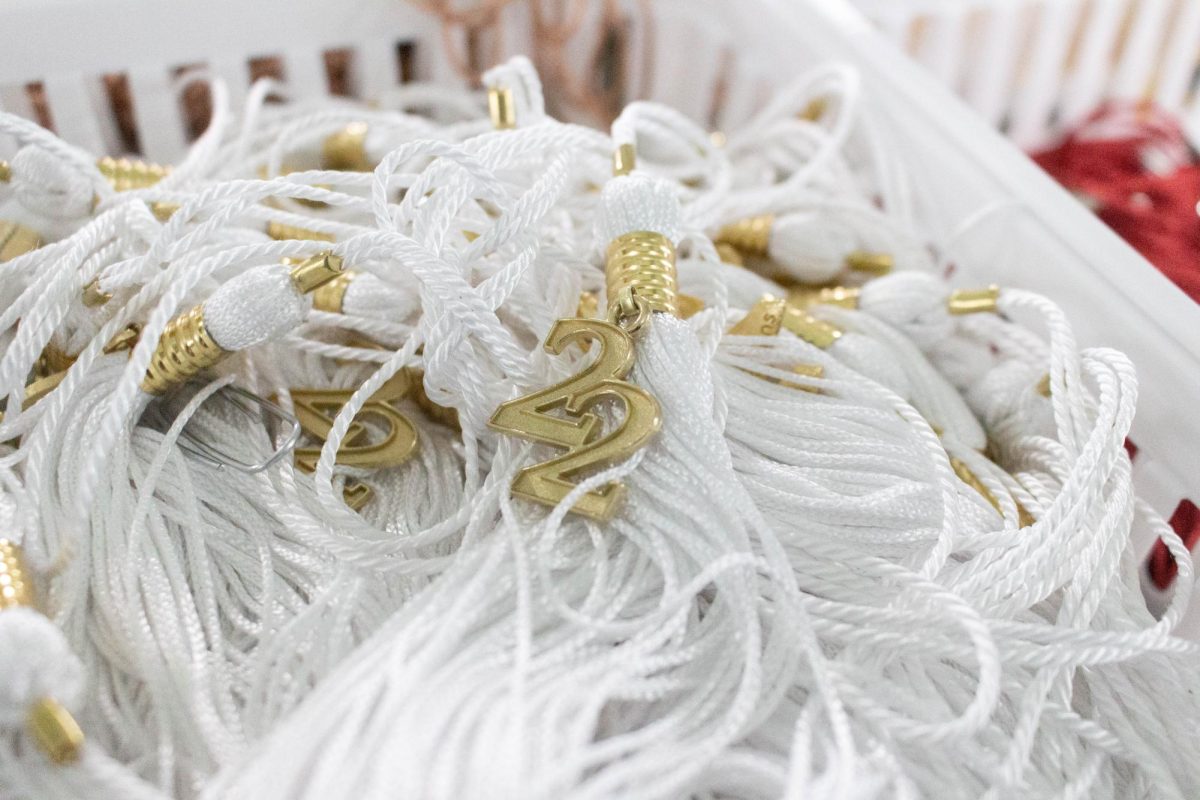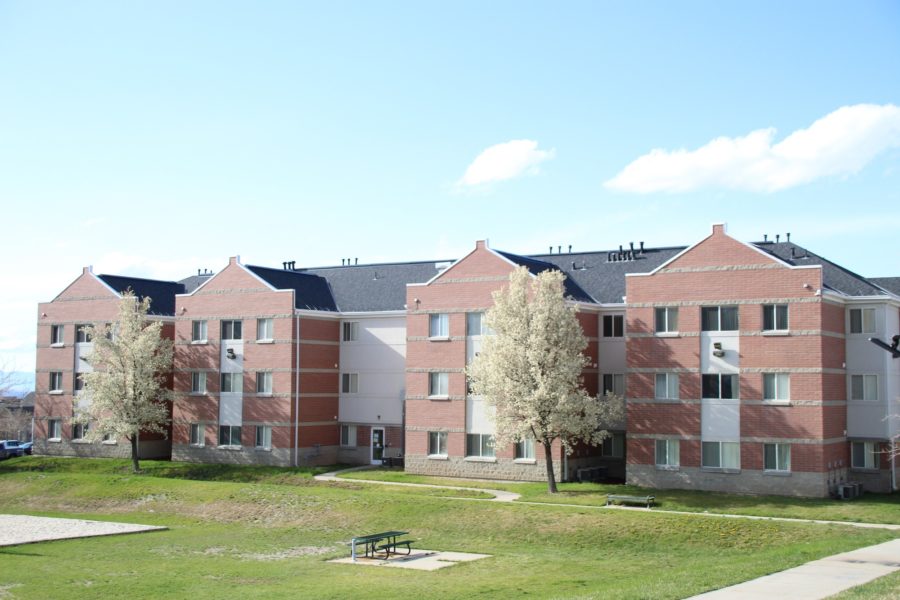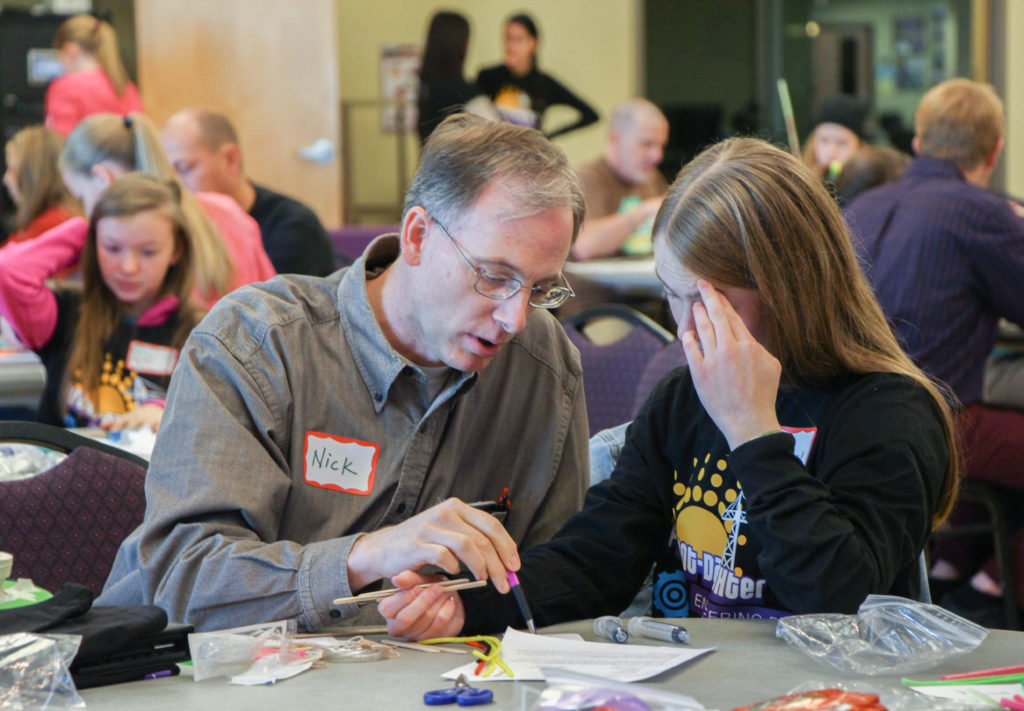
The focus of Weber State University’s annual Parent-Daughter Engineering Day is to bring in successful female engineers to encourage seventh- and eighth-grade girls with an interest in engineering.
Taking place on Nov. 18 at the Davis Campus and Nov. 19 at the Ogden Campus, WSU faculty and staff will help girls in attendance engage in different forms of problem solving, including the construction of a drawbridge and a catapult.
WSU’s chapter of the Society of Women Engineers is among those orchestrating the event.
According to their website, SWE’s mission is to “Stimulate women to achieve full potential in careers as engineers and leaders, expand the image of the engineering profession as a positive force in improving the quality of life and demonstrate the value of diversity.”
Elaine Cope, WSU’s SWE president, is excited to see young women demonstrate SWE’s mission. “Even though they’re young, their brains are exploding with all of these ideas,” she said.
According to Cope, girls at the event always ask interesting questions. “It’s fun for us to encourage them … We’re still very girly. You don’t have to be a typical tomboy engineer,” she said.
SWE not only encourages girls to pursue science but helps find scholarships, advancement opportunities within the organization and to simply create a community of girls who can love science together.
“It’s one of the best organizations I’ve ever been involved with,” said Cope.
Because engineering isn’t a female-dominated field, SWE and Parent-Daughter Engineering Day sponsors aim to encourage girls to stick to the field.
According to SWE, only 7 percent of mechanical engineers are female, compared to 18 percent of industrial engineers and computer hardware engineers.
According to the National Girls Collaborative Project, women earned 57.3 percent of bachelor’s degrees across the curriculum in 2013 and 50.3 percent of science and engineering bachelor’s degrees.
But while women receive over half the bachelor’s degrees awarded in the biological sciences, they receive far fewer in engineering, only 19.3 percent.
Cope said getting girls to become role models for each other is another part of SWE’s goals. “Being a woman, it’s sometimes hard for us to find mentors to look up to,” she said. “Who do girls have to look up to? I think we need more scientists and engineers in that group.”
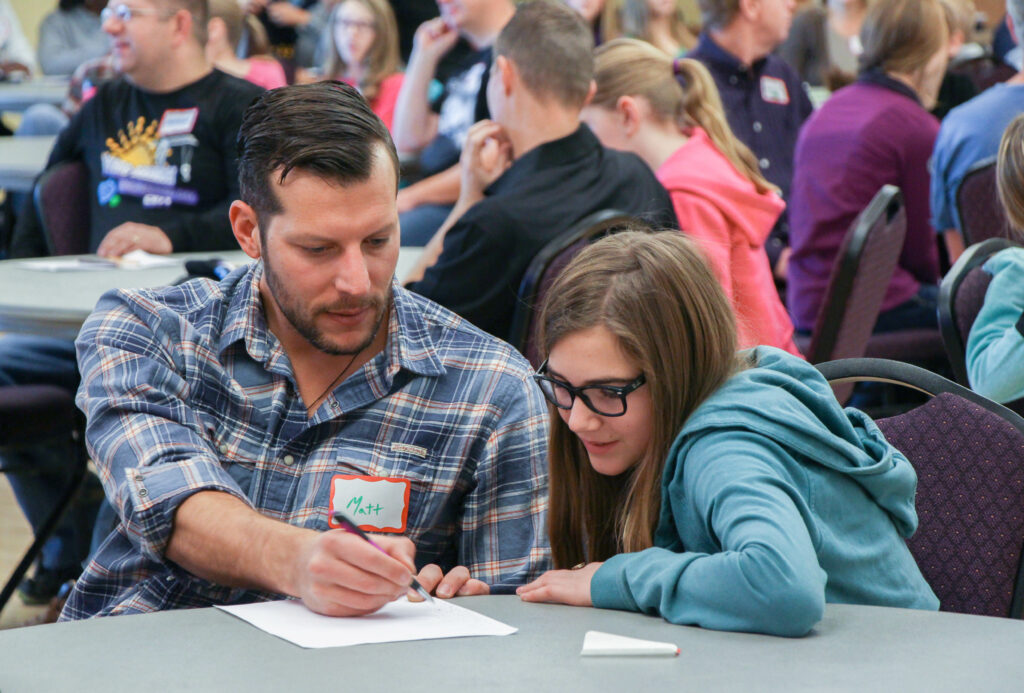
While women are encouraging women to immerse themselves into engineering, it’s important not to forget about the men who contribute to this effort as well.
“I got into engineering because I spent a lot of time with my dad in the garage,” said Cope. “When I was little, I helped him weld a Barbie hair salon, and he always encouraged me to take my ideas and turn them into reality.”
David Ferro, dean of the College of Engineering, shared this sentiment when he attended a previous Parent-Daughter Engineering Day with his daughter.
“Originally, it was to be called Mother-Daughter Engineering Day, but we had so many people asking if dads — many of whom were engineers — could bring their daughters,” he said. “What a great feeling to see pride in parents’ faces as they saw their daughters create interesting solutions to problems. That was me as well.”




